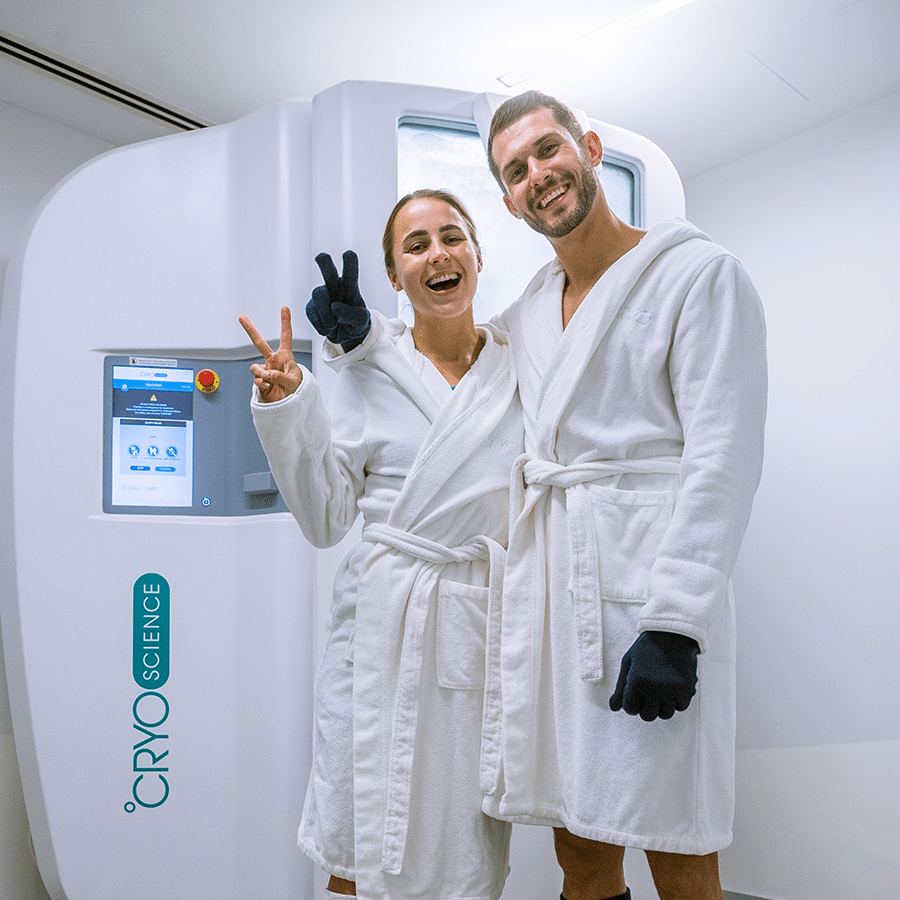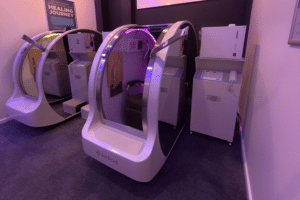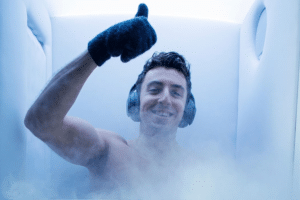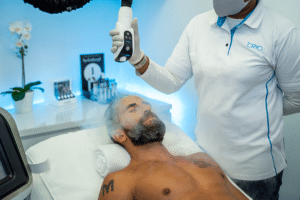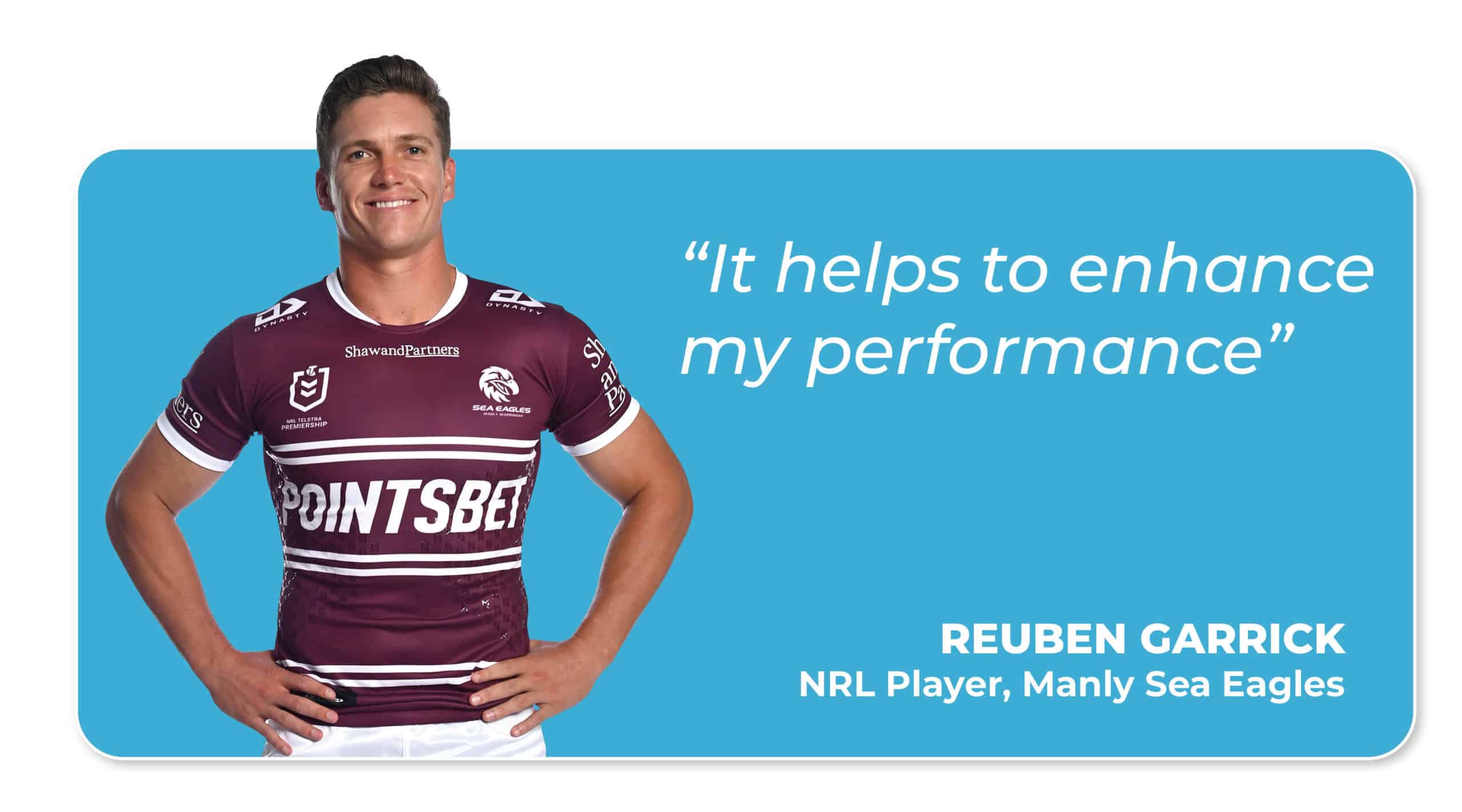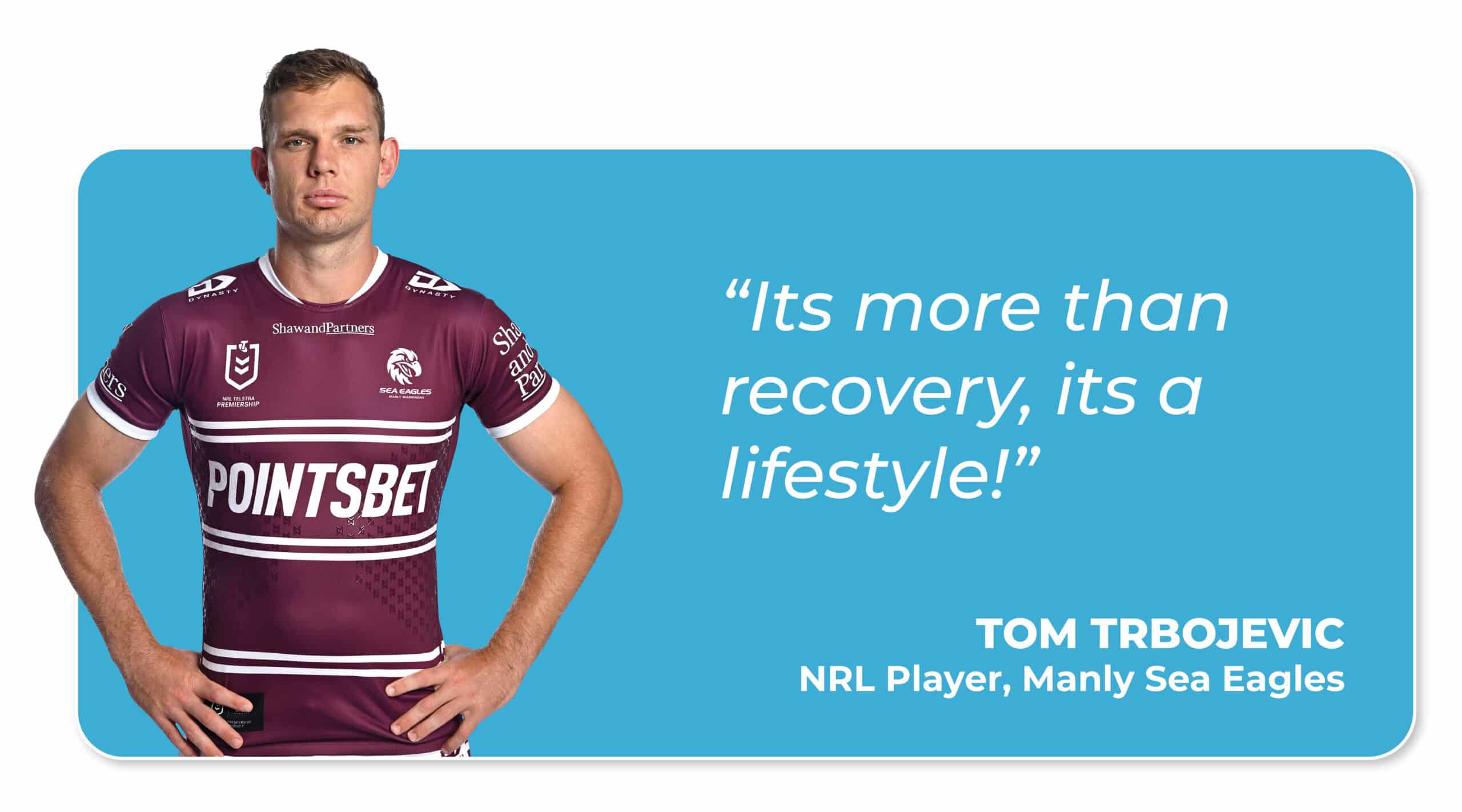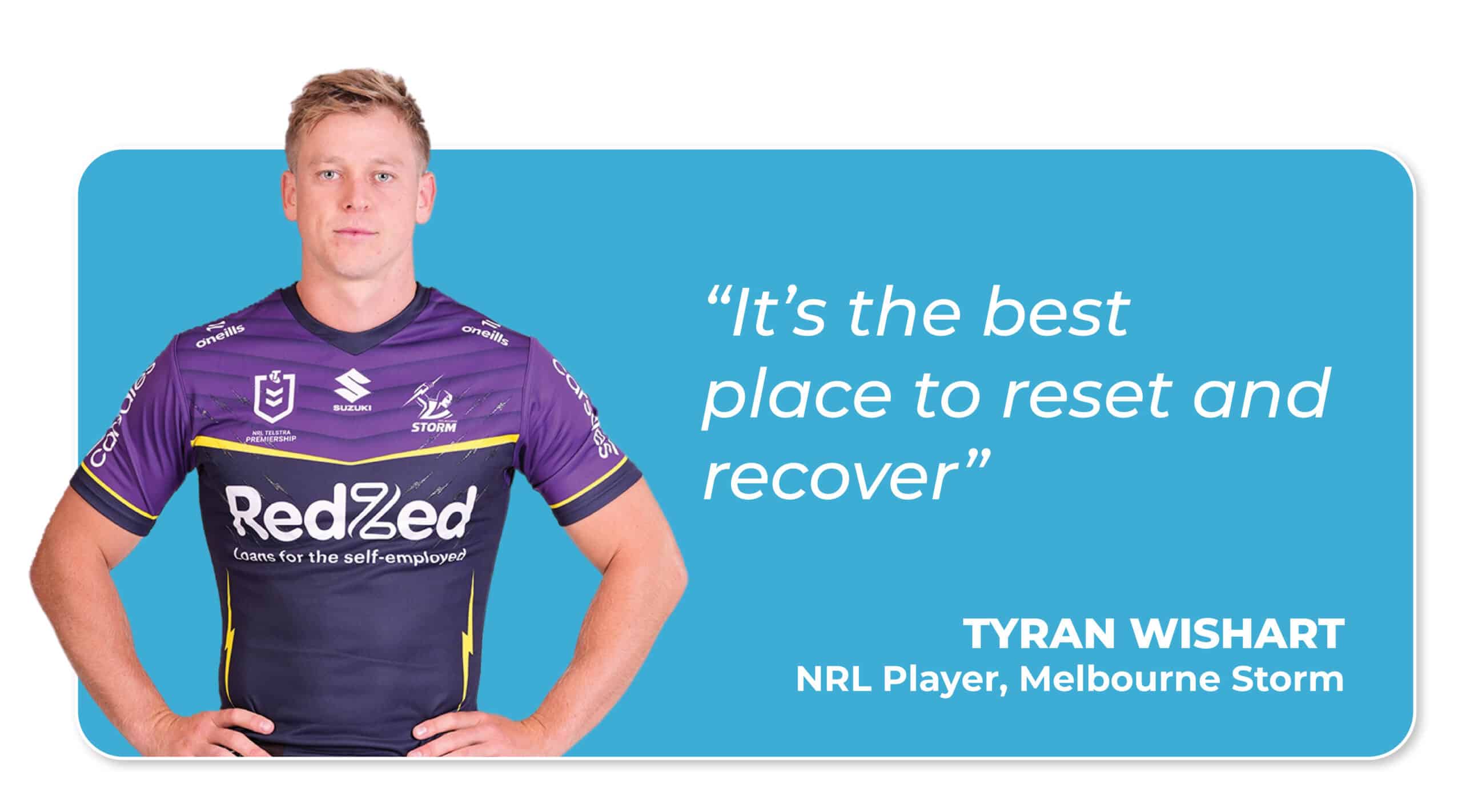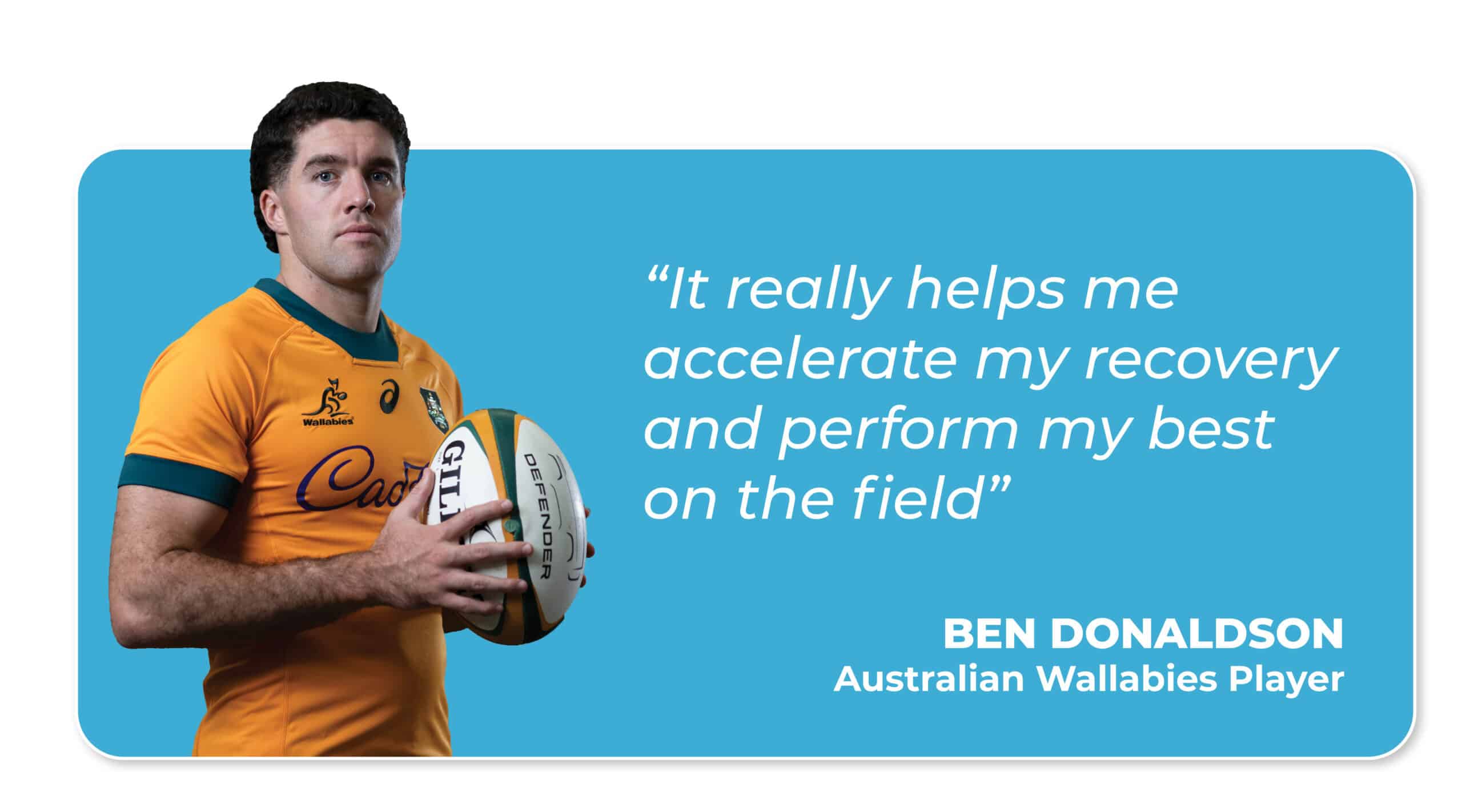The short answer is yes, cryotherapy is generally safe. That said, the type of cryotherapy chamber or sauna being used, and the methods a company is using to expose your body to sub-zero temperatures, need to be taken into consideration. It all depends on the way cryotherapy is being employed.
How Does Cryotherapy Work?
A cryotherapy session involves entering a cryotherapy sauna or chamber, which releases nitrogen gas between -120C and -140C for three minutes. In the process, oxygen is forced through the system, while the temperature rapidly cools and causes your blood vessels to expand.
Who Uses Cryotherapy?
Several renowned names are taking advantage of this treatment – whether it’s to stay looking young, improve their overall wellbeing, or to aid in recovery after sports performances – indicating that cryotherapy is both safe and an effective technique. For example, various elite sports teams, such as the NFL’s Dallas Cowboys, the NBA’s Houston Rockets and the NHL’s New York Rangers, all make use of cryotherapy. It’s also suggested that the 2016 shock-champions of the English Premier League, Leicester City, maintained their super-intense playing style thanks to cryotherapy.
Additionally, celebrities such as Jennifer Aniston, Willow Shields and Demi Moore have all turned to cryotherapy for its potential benefits, such as weight loss, stress relief and pain management. If cryotherapy was deemed unsafe, then these high-profile people and teams wouldn’t continuously partake in it.
Does It Have a Reliable History?
Cryotherapy has evolved since its inception, and will undoubtedly continue to do so. If the two are to be compared, the historical technique of cryotherapy – though unfortunately still used by some – is deemed unsafe compared to the newer method.
In the past, cryotherapy machines and chambers saw liquid nitrogen coming into direct contact with the person within. This is dangerous, which is why certain companies are moving away from it and towards a safer approach while still achieving the same results.
Direct contact with liquid nitrogen can cause complications, leading to asphyxiation – particularly as you wear minimal clothing inside a cryotherapy chamber. Your body should never be exposed to liquid nitrogen during a cryotherapy session, because the nitrogen can quickly turn into a gas and replace oxygen in the body cells, resulting in asphyxiation.
Though experts would be on hand to supervise the session and take necessary precautions, it’s far better to find a cryotherapy treatment which is conducted in a much safer manner.
The Safer Method of Cryotherapy
With this approach, the body won’t come into contact with liquid nitrogen. Instead, you are only exposed to cold, breathable air, also known as cryogenically cooled air.
The difference between the two is that while liquid nitrogen once made direct contact with your body, the modern method sees the liquid nitrogen cooling oxygen in the air instead. This is what comes into contact with the body during the session. For extra safety, trained technicians are always on-site during the short sessions to monitor your body’s response and track progress.
Nevertheless, some cryotherapy providers have yet to adopt technology which eliminates the risk of asphyxiation. When the right company is selected though, you can benefit from the many advantages of cryotherapy without the potential dangers associated with it.
From its origins in Japan, to its usage by A-List celebrities and elite athletes today, it’s clear that more and more health-conscious people are embracing cryotherapy due to the positive results it brings.
Provided cryotherapy is used in a way which does not involve direct contact with liquid nitrogen, it can be deemed safe to implement into daily and weekly routines.

